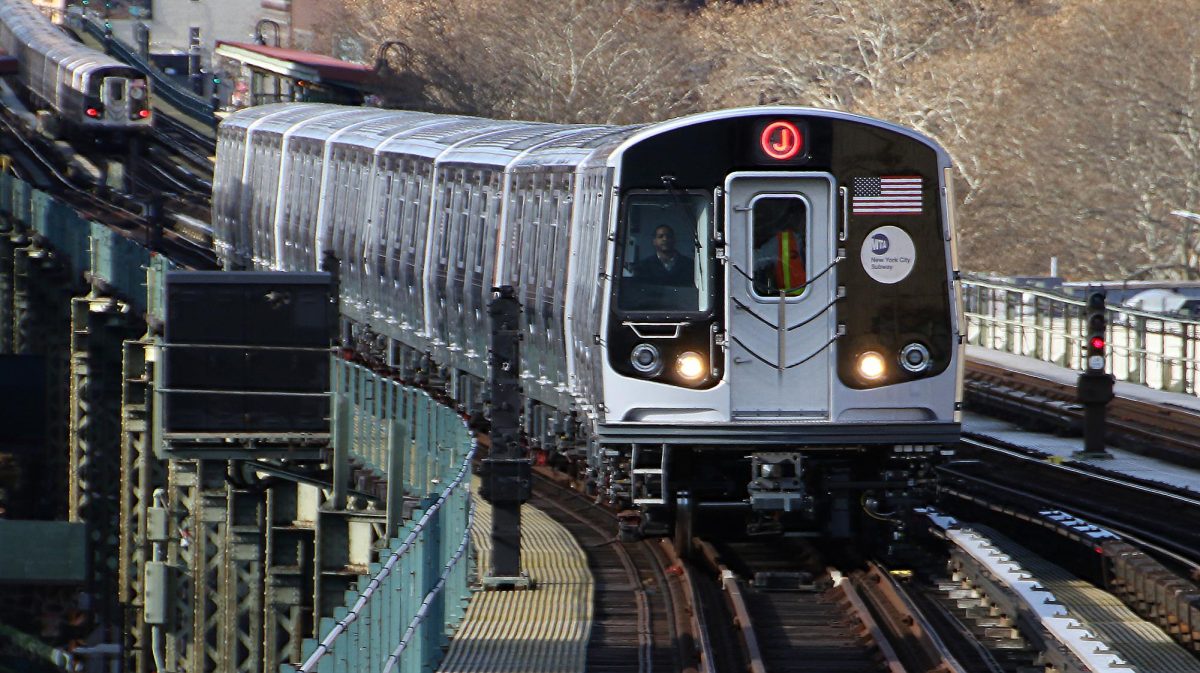New York City should invest more in extracurricular activities and public areas for the youth rather than spending money on signs and merchandise. The city’s public awareness campaign is insufficient in stopping dangerous subway surfing incidents among teenagers.
New York City Mayor Eric Adams, Gov. Kathy Hochul and the Metropolitan Transportation Authority revealed ‘Subway Surfing Kills — Ride Inside, Stay Alive’ a public informational campaign aimed at stopping teenagers from engaging in subway surfing, a dangerous activity where they climb on top of trains and jump from one car to the other.
They partnered with the New York Police Department, New York City Public Schools and the Department of Youth Community Development to create hoodies, digital signs and colorful graphics spreading the message that subway surfing is a dangerous activity. However, while these signs and merchandise are helpful reminders, it is not a long-term solution.
It’s necessary to foster environments where teens can go to socialize with their friends, meet new people and have fun without using a lot of money because it gets them less inclined to take these dangerous risks.
A 14-year old reportedly skipped school in order to surf subway cars with his friends. This speaks volumes about the youth’s relationship with the school system, where they don’t value their education as more important than the chance to go subway surfing.
Adding more extracurriculars to schools and teen spaces in family neighborhoods will provide healthy outlets that are safe for teenagers to release their excessive energy and curiosity, so they don’t have to rely on dangerous activities.
Adams has previously blamed social media for the alarming popularity and increase in the activity. He has asked for social media companies to take down all videos of youth participating in the act.
While social media companies do have an important responsibility in making sure that subway surfing videos do not become popular on their sites, the mayor and local government administrations have a more vital role in ensuring that the city’s youth can divert their interest from these dangerous performances.
Young people are failing to see the dangers of subway surfing as there have been 82 instances of teens subway surfing between Jan. and July, where four teenagers lost their lives, according to Entrepreneur.
In some cases, youth committing these life-endangering acts would often have a sense of invincibility and may underestimate the risk associated with subway surfing. Rather, they may believe that they could avoid falling off subway cars.
Adams’ subway surfing campaign may spur the opposite effect and instead increase subway surfing, especially since some young people may not pay attention to or engage with public campaigns if the message does not personally resonate with their concerns.
For some teens who subway surf, they view the act as an adrenaline rush that they cannot stop chasing. For others, they find subway surfing as a mental health remedy and a means to escape their domestic realities.
Investing in the well-being and development of the city’s youth will contribute to a safer subway system by addressing the root causes of subway surfing incidents and promoting responsibility and safe behavior.








